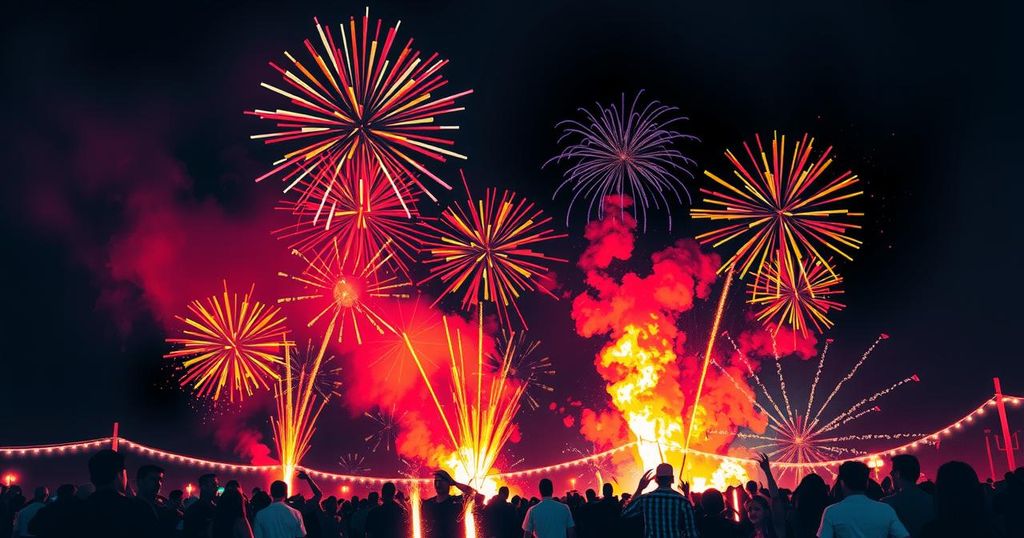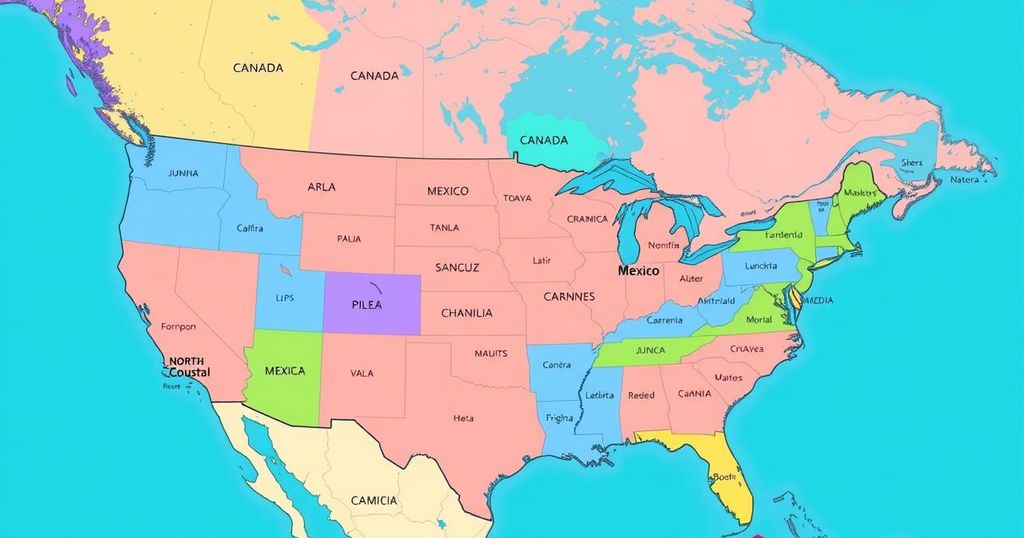In the lead up to Iran’s Fire Festival, rebellious youth engaged in significant anti-regime activities, executing numerous operations that targeted symbols of oppression. Despite increased security measures from the regime, protests and acts of defiance were reported across the country, indicating a growing movement for regime change and a robust aspiration for democracy among the youth.
As the Fire Festival (Chaharshanbe Suri) approached, Iran experienced a notable increase in anti-regime activities led by its rebellious youth, who displayed a fervent commitment to challenge the ruling dictatorship. In the days leading to and during the festival, these activists initiated widespread operations targeting symbols of state repression across numerous cities in the nation.
On March 17, rebellious youth conducted 20 operations across 15 cities, resulting in 100 revolutionary acts in 29 cities. These actions were characterized by powerful slogans like, “The only answer to the mullahs is fire, let the flames rise,” and “Death to the oppressor, be it the Shah or the Supreme Leader,” aimed at disrupting the regime’s apparatus of oppression.
Key activities included the arson of several IRGC Basij bases in cities such as Tehran and Mashhad, the destruction of government billboards depicting Supreme Leader Ali Khamenei and the late regime founder Ruhollah Khomeini, and targeted attacks on the headquarters of regime-affiliated entities like the Khomeini Relief Committee. Further actions occurred on March 16, with additional operations against regime buildings and a notable arson of a statue dedicated to Qassem Soleimani in Shirvan.
The Fire Festival, traditionally marked by celebrations, turned into a significant expression of resistance against the regime. Despite the authorities’ extensive security measures and propaganda efforts to suppress public participation, many Iranians took to the streets to partake in the festival, turning it into a manifestation of defiance. Protesters in Bandar Anzali voiced dissenting chants, signaling their rejection of the regime amid heavy security.
Throughout Iran, citizens burned images of Khamenei and Khomeini in various cities, demonstrating their resistance against oppressive rule. For instance, a young protester in Karaj actively declared his defiance, shouting, “Death to Khamenei, hail to Rajavi,” while further acts of protest occurred in Qazvin and Tehran, where youth blocked roads.
In response to the escalating discontent, the Iranian regime heightened security measures and directed judicial authorities to maintain strict oversight during the Nowruz holidays. The alarmed state security forces expressed concerns over public unrest, with an intelligence commander stating, “At one point, we were only setting fire to four pieces of wood, but now all that’s left is for RPGs and tanks to come in.”
The rebellious youth’s activities symbolize a broader movement advocating for regime change in Iran. Their commitment to fighting oppression and leading the pursuit of a democratic republic continues to inspire freedom-loving Iranians, as they advocate for justice and a transformation of their homeland. As Iran approaches a new year, the fervor of these protests illustrates that the demand for democracy and justice remains resolute and vibrant.
In conclusion, the Fire Festival in Iran evolved into a symbol of resistance as rebellious youth actively challenged the regime amid heightened security concerns. Their inspiring acts of defiance and widespread participation reflect a broader movement advocating for democratic change. The determination exhibited by these youths highlights their commitment to freedom and justice, indicating a powerful call for change as Iran enters a new year.
Original Source: irannewsupdate.com




